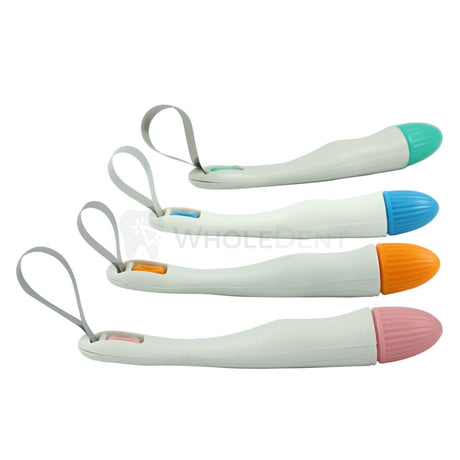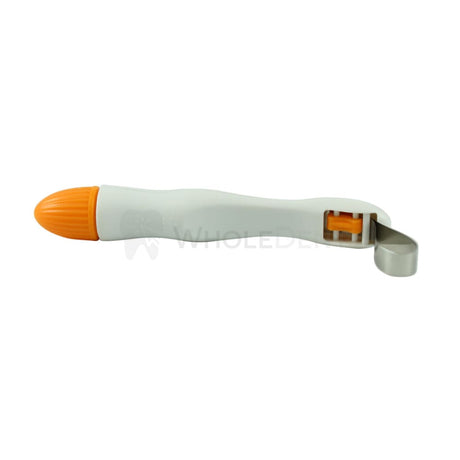Sistema EasyInsmile Matrix Profect - 50 bandas de un solo uso
$125.00 as low as $112.50Precio unitario /Agotado
FAQs
At times, a tooth may need to be restored but has missing walls to support the restorative materials. In such cases, dental matrices are used to reproduce the anatomical contours of the tooth to allow the dentist to work. These matrices will give the dentist contact points and provide an anatomical shape to the tooth’s interproximal walls.
Dental matrices are now widely used in various types of dentistry procedures. There are even some matrices that are specially designed for use in pediatric dentistry. At WholeDent, you can find a wide range of these types of matrix bands to make your dental processes easier.
There are many different types of dental matrices used in both primary and permanent class 2 composite restorations. To improve the chances of clinical success, it is important to choose the right type of dental matrix for the job. The following are some of the most common types of dental matrices used:
- T-bands
- Omni-matrix
- Sectional matrices combined with separation rings
- Segmental metal matrices with a wedge and separation rings
Understanding the uses and restrictions of each type of matrix band is essential to getting the best results possible during restorative operations. Each form of matrix band has a specific purpose.
A dental matrix band is an important tool in dentistry, but it is only effective if the dentist knows how to place it properly. This is the only way to achieve properly functioning and well-contoured restoration results.
The following is the common procedure for the proper placement and application of dental matrices:
- Select the proper size and shape of the matrix band
- Prepare the tooth for installation of the matrix
- Place the matrix band around the tooth
- Make sure the wider end of the matrix band is facing the occlusal surface
- Tighten the matrix band carefully around the tooth
- Place the filling material and then remove the matrix
To avoid overhangs when using a matrix band, make sure you use the correct size and type of band for the tooth and restoration. Using wedges and a ring or retainer to firmly fasten the band around the tooth. Press the band up against the neighboring tooth to create a tight seal. Apply the restorative material in cautious steps, adjusting the band to match the contour of the original tooth.
Once the material has been cured, carefully remove the matrix band and use dental floss to examine the interproximal contact. Adjust the finishing burs and polishing discs as needed. This method enhances the quality of the restoration while reducing the possibility of overhangs.


